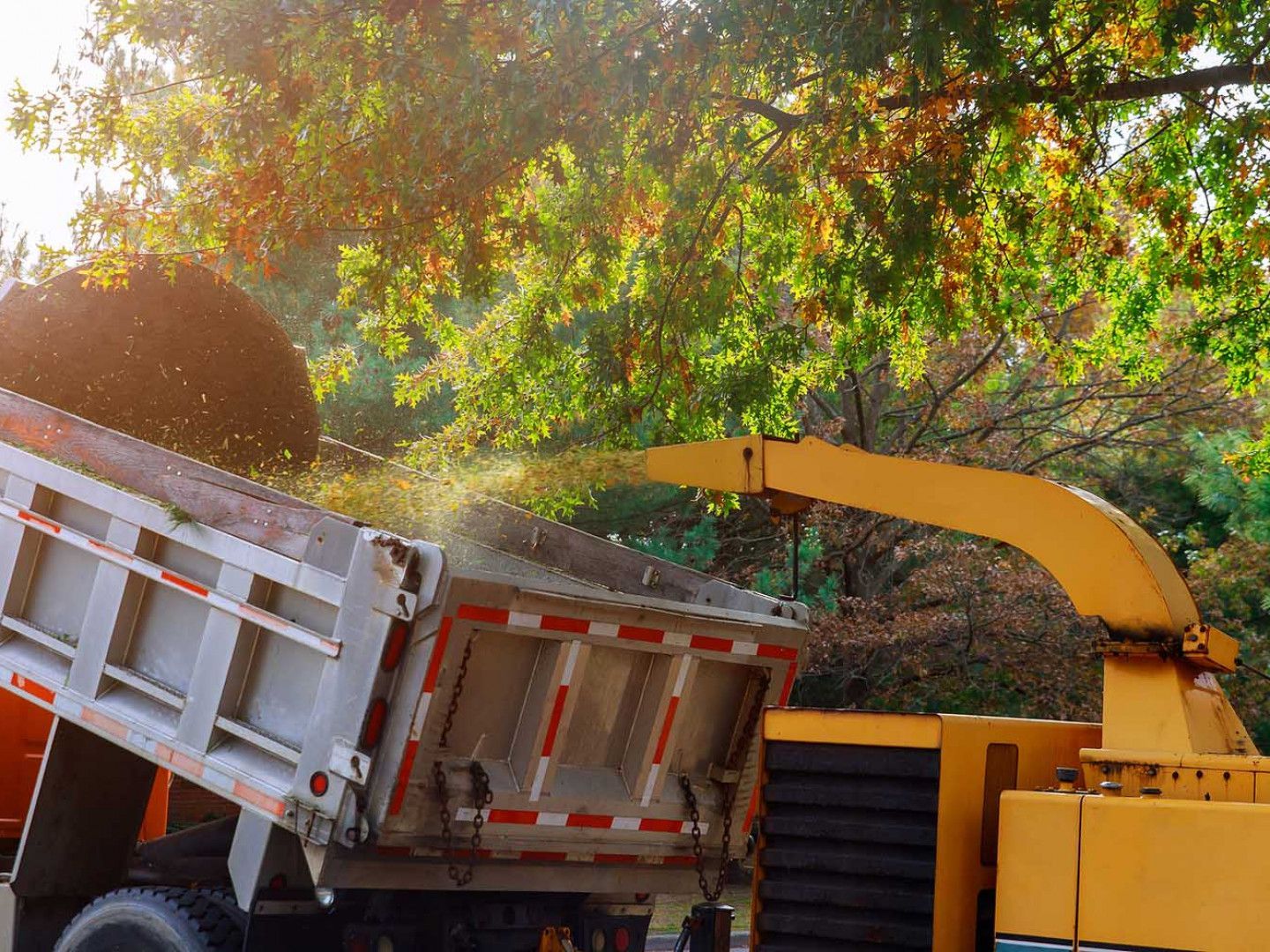Forestry Mulching Service Wendell, NC
Looking for Top Forestry Mulching Contractor?
Forestry mulching is a single-step process where unwanted vegetation – trees, brush, and stumps – is transformed into a beneficial layer of mulch directly on-site. At
A1 Grading Inc., as a trusted forestry mulching company, we utilize advanced equipment to offer this efficient service, ensuring a clear, usable land area while enhancing soil health. Ideal for landowners in Wendell, NC, our forestry mulching promotes land health and prepares sites for future projects.

Comprehensive Land
Clearing Solutions
Selective Clearing:
We carefully remove specific vegetation, preserving desired trees and plants to maintain the natural aesthetics of the land.
Brush and Undergrowth Removal:
Our team efficiently clears dense underbrush, promoting healthier land and reducing fire hazards.
Stump Grinding:
We eliminate unsightly and hazardous stumps, preparing the ground for replanting or construction.
Site Preparation for Construction:
We ensure land is cleared and level, setting the foundation for successful building projects.
Habitat Restoration:
Our mulching services revitalize areas, encouraging native plant growth and supporting local wildlife habitats.
Efficient Underbrush
Removal Techniques
Mechanical Mulching
Utilizing heavy-duty machinery equipped with rotary drum cutters, mechanical mulching efficiently grinds down thick underbrush and small trees into fine mulch. This method is quick and ideal for large areas, leaving behind a layer of mulch that enriches the soil.
Hand Clearing
For areas that require precision or are hard to access with machinery, hand clearing is employed. Skilled workers use tools like machetes, loppers, and hand saws to carefully remove underbrush without disturbing desired vegetation.
Chemical Treatment
In certain situations, especially when dealing with invasive species, chemical treatments are applied to target and eliminate unwanted vegetation. This method ensures that the underbrush doesn't quickly regrow, providing a longer-lasting solution.
Controlled Burning
Controlled or prescribed burning is a traditional technique where specific areas are intentionally set on fire under controlled conditions. This method not only removes underbrush but also revitalizes the soil, promoting the growth of native plant species.
Frequently Asked Questions
-
What is the primary purpose of backfilling in construction?
Backfilling in construction primarily ensures a safe and stable foundation for structures. It involves filling the excavated areas around a building pad or foundation with soil or other materials to support the structure and ensure its stability. Proper backfilling is crucial for the construction process, ensuring that the building site is prepared correctly to support future buildings.
-
How does proper backfilling contribute to the stability of a structure?
Proper backfilling contributes to the stability of a structure by ensuring that the soil composition around the foundation is compacted and even, preventing any uneven settling or movement. A well-constructed building pad, combined with meticulous backfilling, ensures that the structure built on it has a solid foundation. This process also helps in evenly holding the weight of the structure, reducing the risk of cracks or damages in the future.
-
What materials are commonly used for backfilling solutions?
Common materials used for backfilling solutions include dirt, sand, gravel, and other engineered fill materials. The choice of material often depends on the soil stability required for the project and the specific needs of the construction site. For instance, a dirt pad might be used for residential homes, while other structures might require a mix of materials to ensure a stable foundation.
-
How does the backfilling process affect drainage around a structure?
The backfilling process plays a pivotal role in drainage around a structure. Properly graded areas ensure that water flows away from the foundation, preventing moisture accumulation and potential water damage. Additionally, the type of soil used in backfilling can absorb or direct water, affecting how much water is retained or drained, ensuring effective drainage and preventing issues like soil erosion or foundation flooding.
-
What are the potential risks of improper backfilling, and how can they be mitigated?
Improper backfilling can lead to several risks, including an unstable foundation, drainage issues, and increased construction costs. For instance, if a house pad isn't constructed correctly, it might not support heavy loads, leading to structural damages. To mitigate these risks, it's essential to ensure that the site preparation is done in a professional manner, using the right equipment and materials. Regular inspections by a house builder or contractor can also help identify and address any potential issues early on, ensuring the longevity and safety of the structure.
Contact Us
Contact Us
We will get back to you as soon as possible
Please try again later
Contact Information
Phone:
(919) 422-0223
Email:
Address:
1201 Martin Pond Rd, Wendell, NC 27591, United States of America


